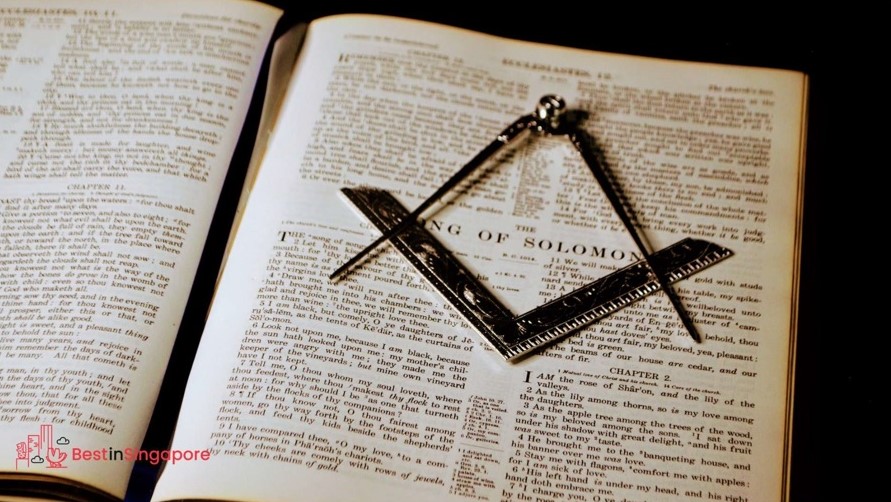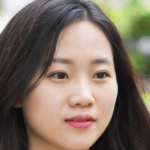Secret Societies Galore: All About Freemasonry in Singapore
One of the mysteries that I’ve always found fascinating is the secret society of Freemasonry, but though this society intrigues me, I’ve also thought that it was a thing of the past.
So, you can imagine my surprise when I became a permanent resident in Singapore and learned that Freemasonry is still active to this day and that there are actually many Freemasons here.
Curious, I decided to do some research about this secret society, and I laid out everything I learned here. So, if you’re just as eager to know, here’s everything you need to know about Freemasonry in Singapore.
What is Freemasonry?

Simply put, Freemasonry is one of the oldest fraternal societies in the world. This society is guided by four main principles, namely integrity, friendship, respect, and charity.
Once someone is initiated into the society, they are sworn under oath to keep secret everything related to it, including words, signs, and tokens. Because Freemasonry is so shrouded in mystery, many people have associated them with conspiracy theories.
What is a Masonic Lodge?
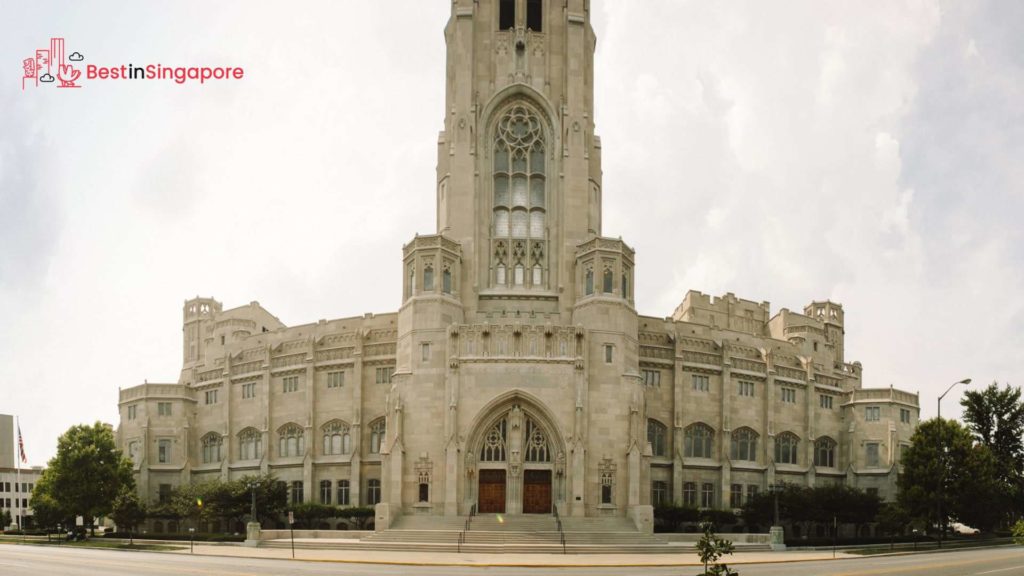
A Masonic Lodge is the basic, local organizational unit of Freemasonry. Think of it as a meeting room or an event space where members congregate and conduct any business related to the society.
Some of the businesses being done in the Lodge include approving minutes, electing new members, appointing officers and taking their reports, and organizing events. Additionally, it’s where Freemasons confer a degree or receive a lecture.
A Grand Lodge, also known as Grand Orient, is the one that supervises private Lodges. Usually, Grand Lodges are coterminous with a state, province, or national border.
There’s no international Grand Lodge that supervises all the other Grand Lodges in the world. These Grand Lodges are independent of each other.
How did Freemasonry begin in the world?
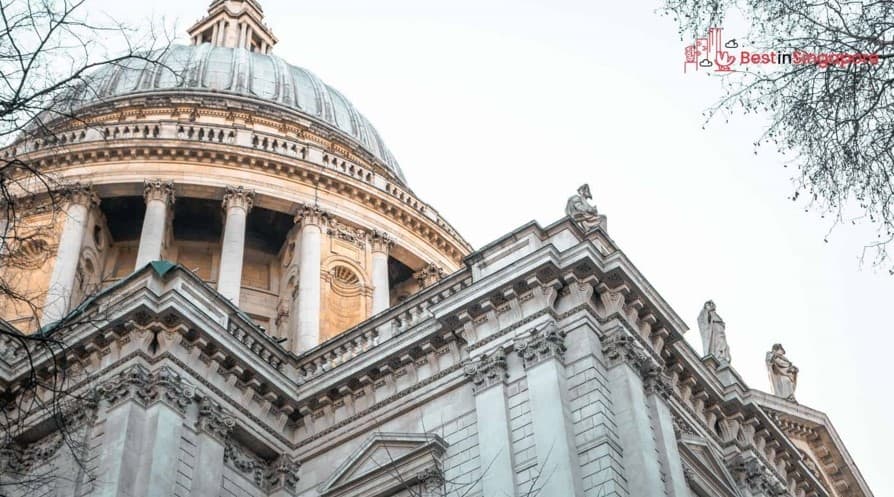
The history of Freemasonry can be traced back to medieval times when stonemasons existed. During this period, stonemasons formed their own guild, and they also liked to travel to find work in various locations.
To prove to their clients that they were not unqualified builders, stonemasons would use their own grips, words, and signs.
This is the inspiration for modern Freemasons’ creation of their own words, signs, grips, and tokens and why they keep them confidential.
Even though stonemasons started the movement, they don’t take up a huge percentage of today’s Freemason population. Instead, most of the Freemasons are professionals, managers, executives, and businessmen.
How did Freemasonry begin in Singapore?
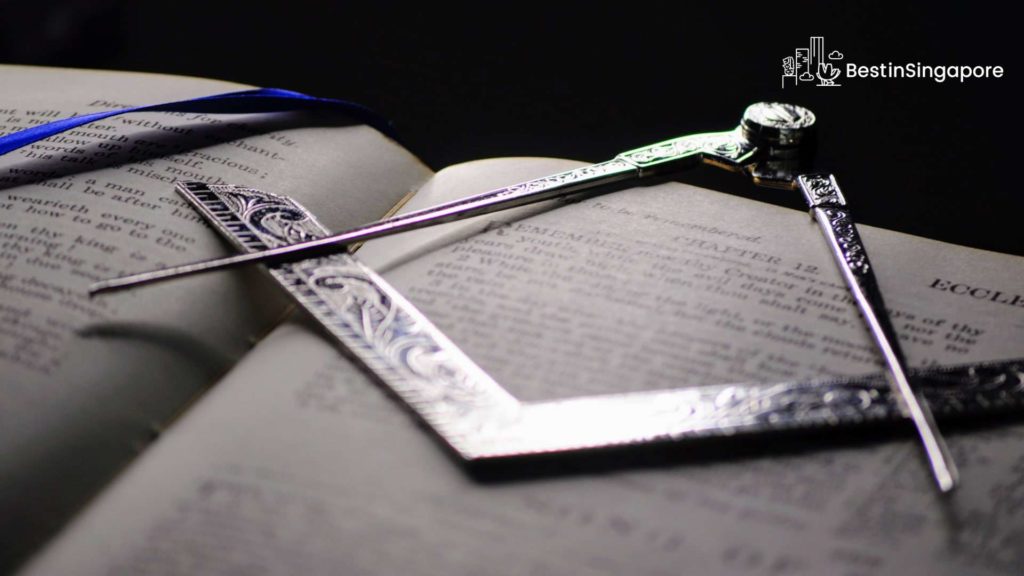
Dutch Freemasons were the first ones to set up a Lodge in Southeast Asia, and a Lodge in British Bencoolen was established in 1765. Freemasonry continued to spread as more Lodges were built in Java, Surabaya, and Batavia.
In Singapore, Lodge Zetland in the East No. 748 E.C., was established in a house on Armenian Street and consecrated on December 8, 1845.
This Lodge was considered the first “mother” Lodge and was founded by John Coulson Smith and Thomas Crane.
Both these figures were prominent at the time since they were involved with the Raffles Institution. Smith was the former headmaster, while Crane was a Justice of Peace and trustee of the institution.
During the first meeting at Lodge Zetland, 12 leading members of the European community in Singapore congregated, and over time, the Freemason society on the island grew.
How many Freemasons are there in Singapore?
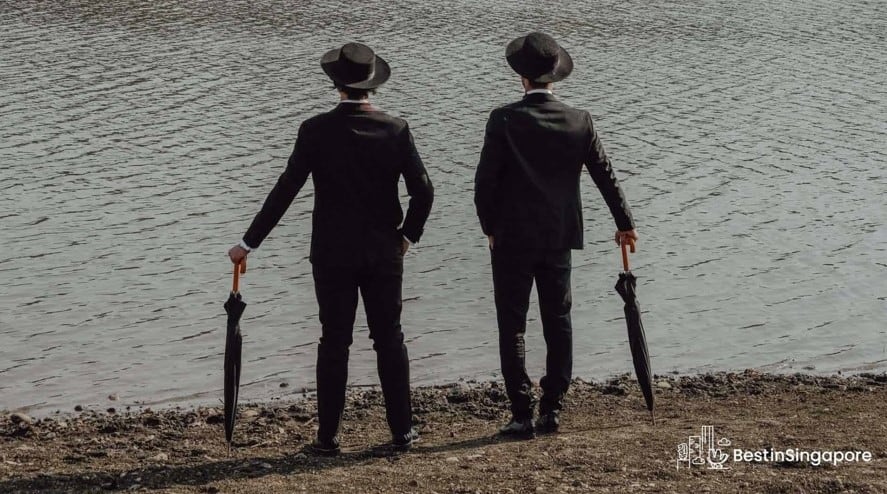
As of now, the estimated number of Freemasons in Singapore sits at around 600 to 700. In addition to this, there are currently 14 Masonic Lodges, which are under four different constitutions, and 20 other appendant Masonic orders.
This number is quite low; for comparison, the country with the most number of Freemasons is the United States, which has about two million members.
But even when we compare Singapore with New Zealand, which is a country with a similar population, it still falls short since New Zealand has a whopping 8,000 Freemasons living in the country.
Who can become a Freemason?
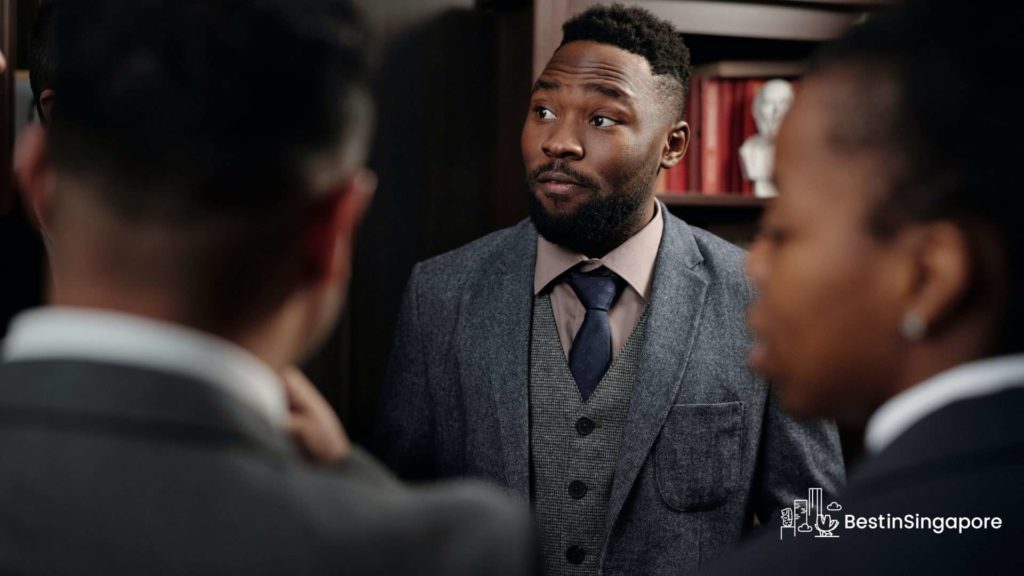
The main rule when it comes to Freemasonry is that only men are allowed to become Freemasons. Men of any race, religion, income, and opinion are welcome to the fraternity, but you have to be exclusively invited.
You’ll also have to undergo a screening process. Some of the application requirements are the following:
- You’re at least 18 years old. The age requirement varies from one jurisdiction to another. There are some places where you have to be at least 21.
- You have a good moral character.
- You want to join for reasons that aren’t about personal gain and profit.
- You want to earn more knowledge and are willing to conform to the customs and traditions of the fraternity.
How does someone become a Freemason?
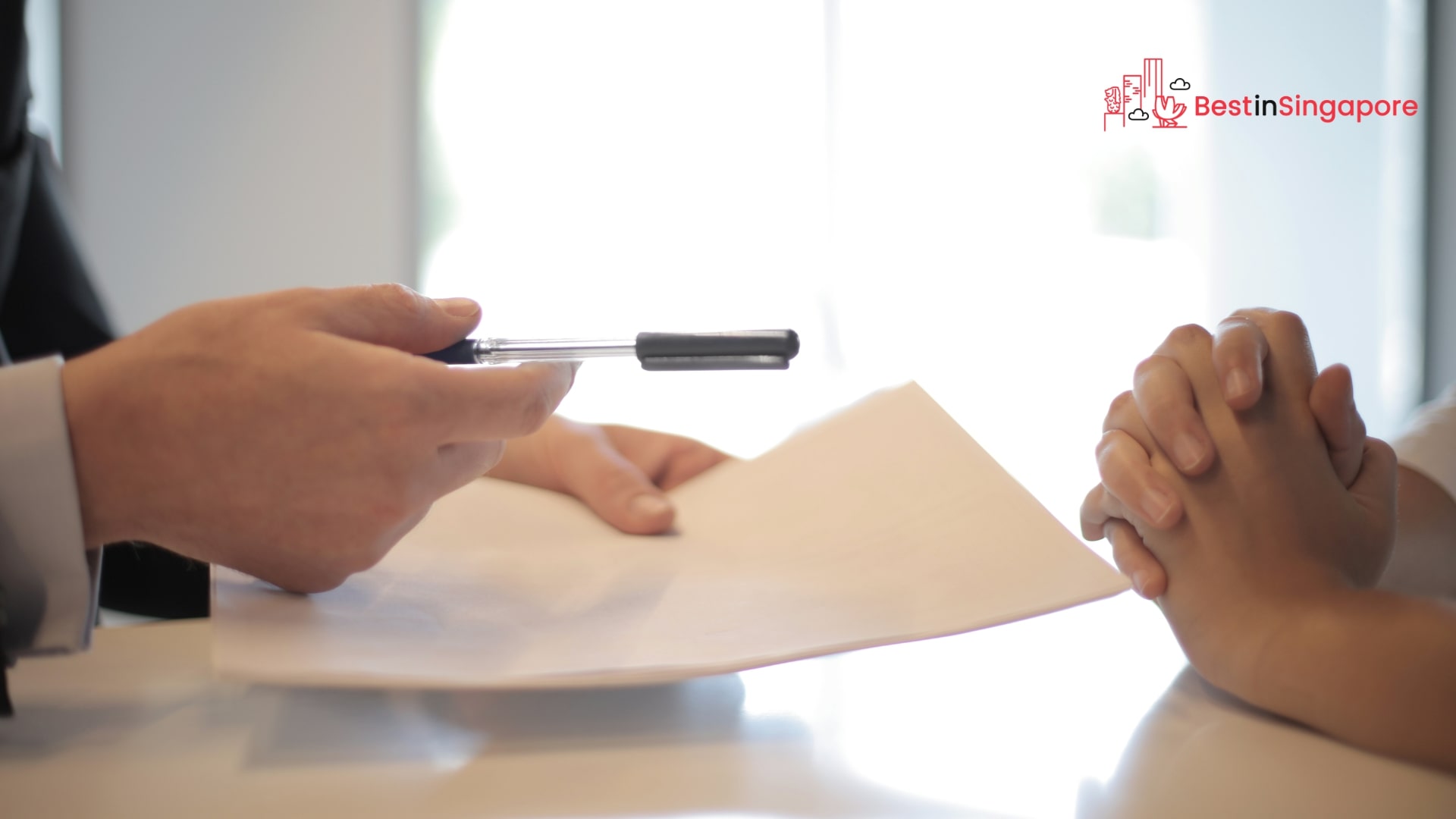
As stated earlier, you have to be exclusively invited to become a Freemason, and once you are invited, you’ll go through the screening process.
That said, sometimes, it’s possible to expedite your application. You can contact the Grand Lodge in your region, find a Masonic Lodge that you want to join, or ask for help from an established Freemason.
No matter which method you choose, you’ll have to submit a petition for membership, which the members at the lodge will then read. They will form a small committee to deliberate on your qualification before they make their decision.
What is the Freemason initiation ritual?
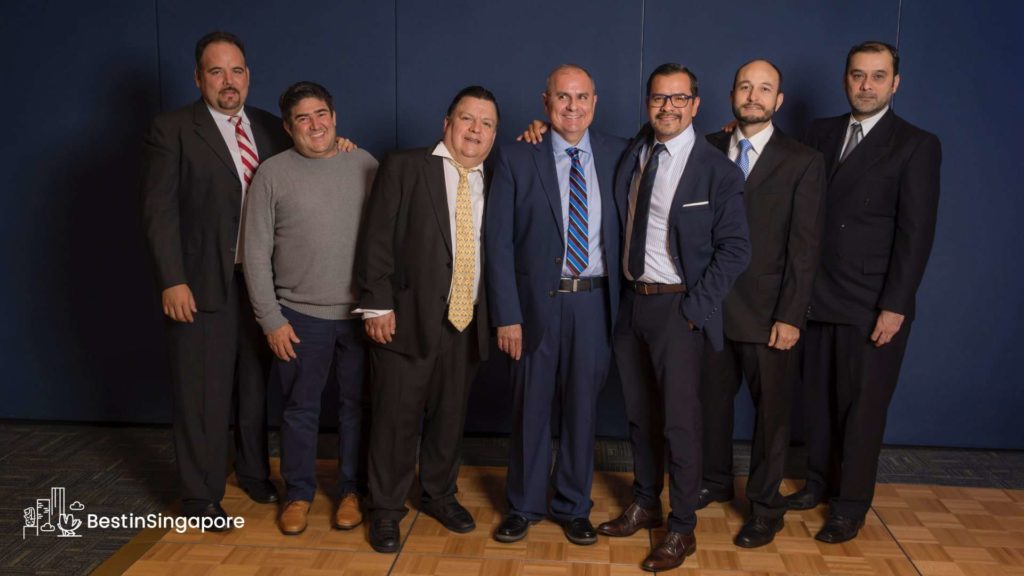
Since Freemasons refuse to talk about the inner workings of their fraternity, we don’t really know about the different rituals and ceremonies they do. That said, there is some information about the society’s initiation ritual.
At the Freemason initiation ritual, the candidate enters the Lodge blindfolded from the west side. A breast is laid bare to prove that he’s not a woman, while a pant leg is rolled up to show that he’s not disabled.
The candidate then is then moved toward the east side where the worship master resides.
What do Freemasons wear?
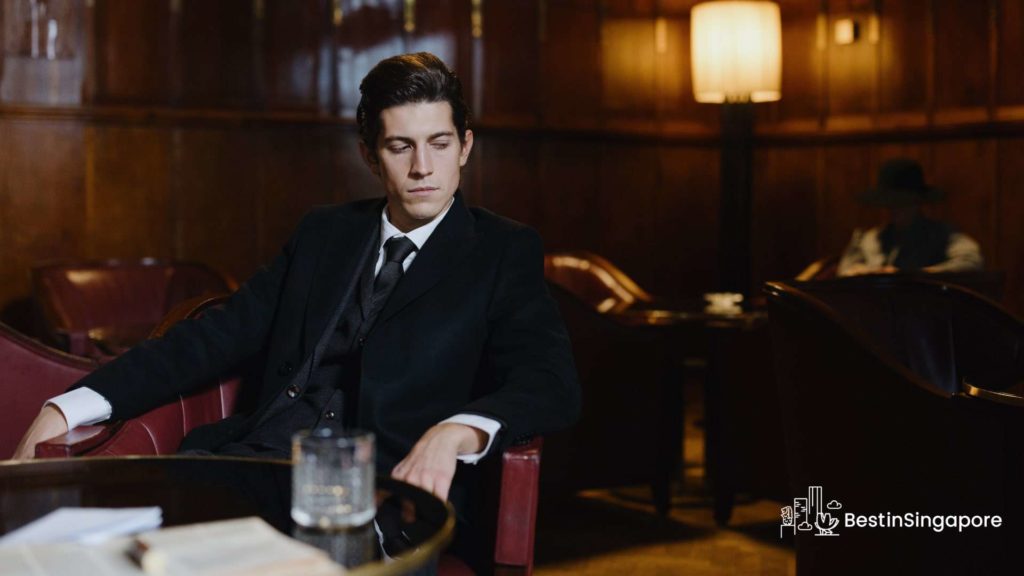
When Freemasons attend a meeting, they wear a Masonic apron. The designs on the apron will vary depending on their level.
Other items of clothing they wear during meetings and ceremonies include white gloves (to show equality among the members and the purity of their beliefs), a full dress apron and collar, and an undress apron and collar.
When not in meetings, Freemasons usually wear a dark suit with a white shirt and a dark tie. The shoes are also dark.
The reason for the simplicity of the typical attire is, once again, to show equality among the members. Members of the Freemasonry fraternity come from all walks of life, so having one attire unites everyone.
What are the different Masonic degrees?
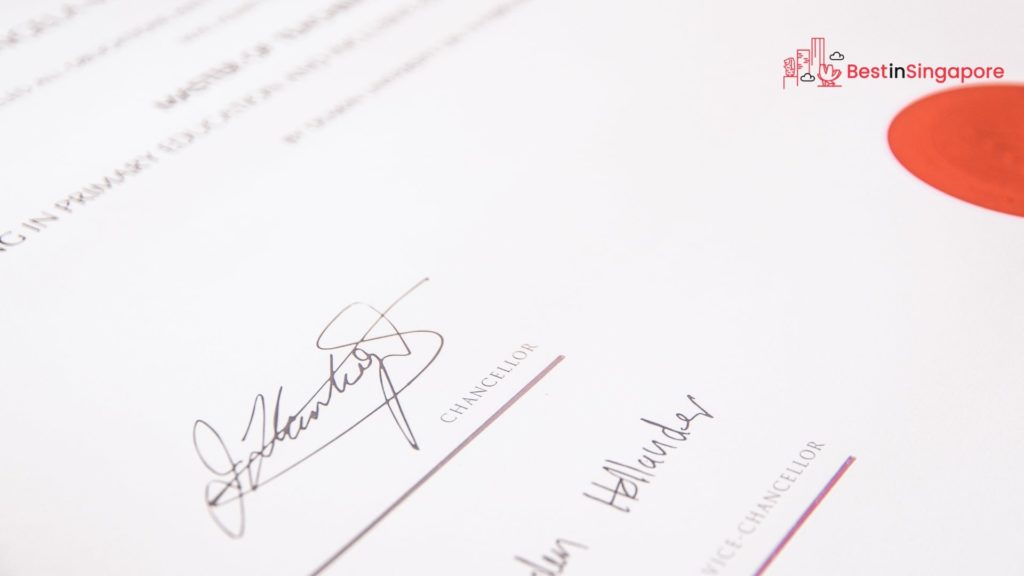
Membership levels in Freemasonry are referred to as Masonic degrees, and there are three main ones: Entered Apprentice, Fellowcraft, and Master Mason.
These degrees are loosely derived from the journeymen system, which was used in the medieval period to educate stonemasons and craftsmen.
Teachings and principles are passed down from one degree to another, and before a Mason can advance to the next, he must first prove his knowledge or proficiency in his current degree.
Here’s more information on each Masonic degree.
Entered Apprentice
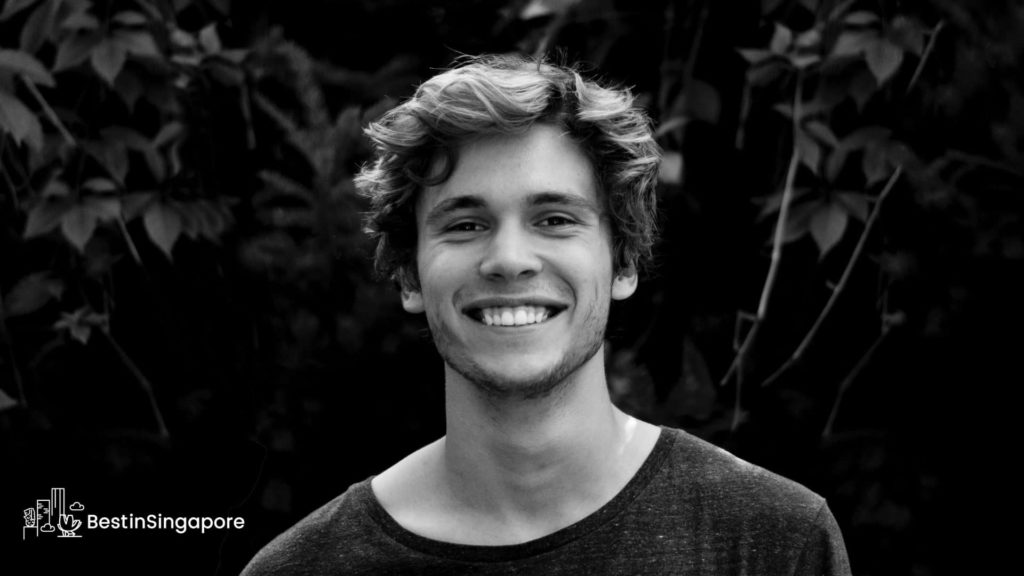
The Entered Apprentice is the first Masonic degree and the one that every new member of the fraternity will be conferred upon.
This degree works as an introduction to Freemasonry. Members will learn about the rituals, symbolism, and other teachings.
They will also learn about Freemasonry’s laws and secrets, especially regarding the topics they discuss in the Lodge.
With all of that said, the Entered Apprentice degree is often seen as a level representing youthfulness.
Fellowcraft
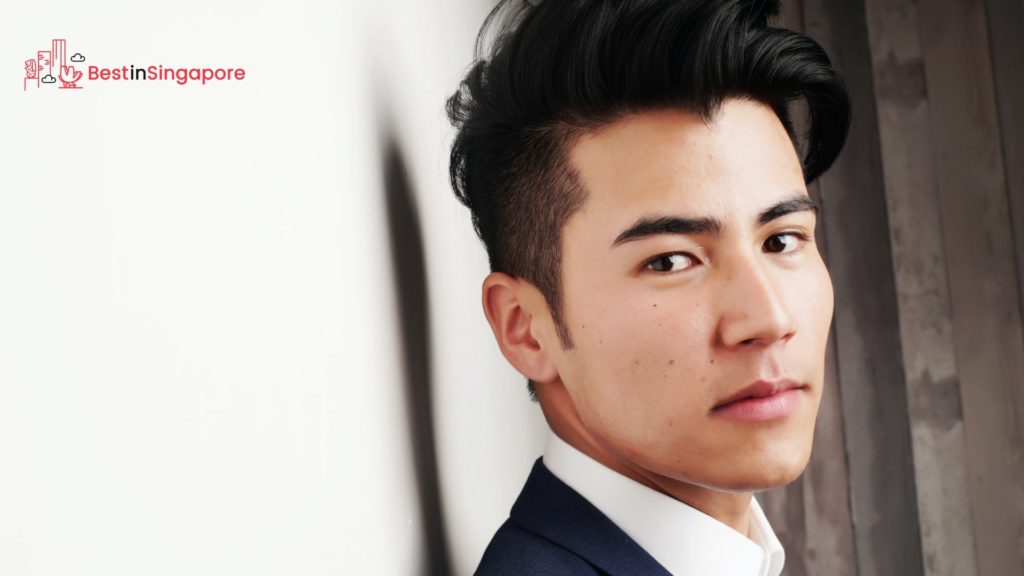
Once a Freemason has proved himself as an Entered Apprentice, he can now progress to the second degree, which is the Fellowcraft. With this degree, the Freemason can pursue a much more advanced search in their preferred field.
Usually, Freemasons aim to gain more Masonic wisdom or learn more about philosophy to achieve intellectual enlightenment. Because of this, the Fellowcraft degree is said to represent the member reaching manhood.
Master Mason
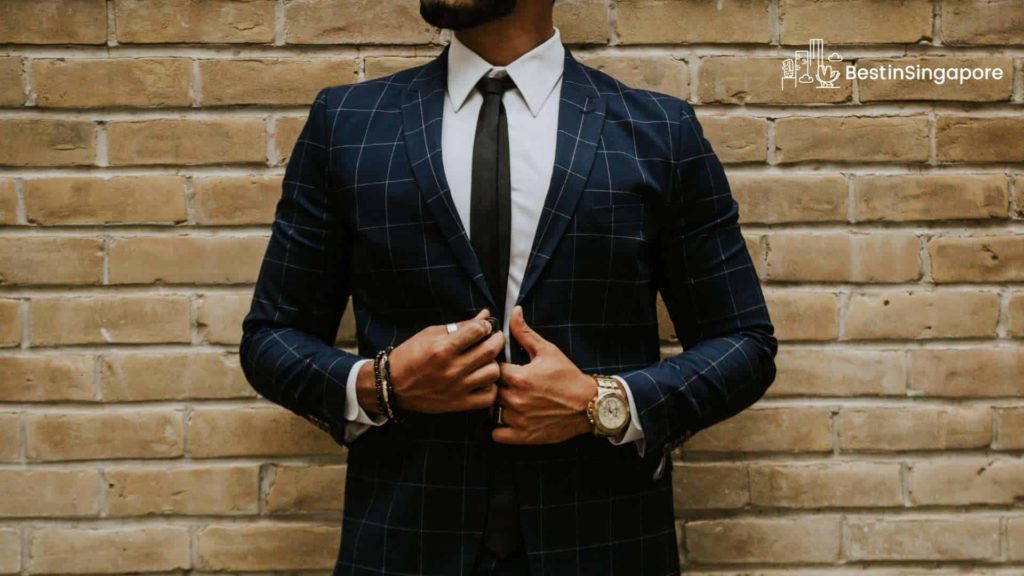
Master Mason is the final primary Masonic degree, and it represents the member reaching full maturity. A Freemason is qualified to become a Master Mason only when they have achieved advanced wisdom and knowledge.
Of all the degrees, Master Mason is the one that takes the longest to complete. At the very least, it can take several years.
But all that effort will be worth it because becoming a Master Mason means you have all the rights and privileges available in the society.
One of the privileges that only Master Masons can exercise is visiting Masonic Lodges throughout the world.
Other Masonic Degrees
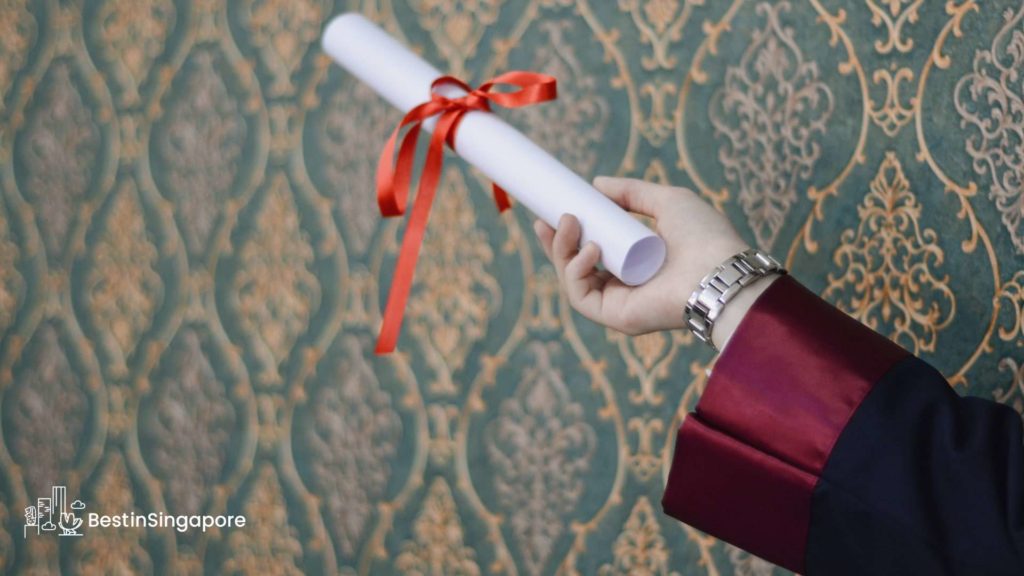
Even though the three degrees mentioned above are the most commonly practiced ones, there are some places in the world that have additional degrees.
For example, the Lodge of Unity in the UK has orders beyond the Master Mason. These orders are as follows:
- The Holy Royal Arch
- The Mark Degree, the Royal Ark Mariners
- Royal and Select Masters
- Rose Croix
- Knights Templar
- Order of the Secret Monitor
- Order of the Allied Masonic Degrees
- Red Cross of Constantine
The Scottish Rites have even more degrees. In fact, they have 33 degrees divided into five categories: The Lodge of Perfection, the Council of Princes of Jerusalem, the Chapter of Rose Croix, the Consistory, and the 33rd Degree.
What do Freemasons do?
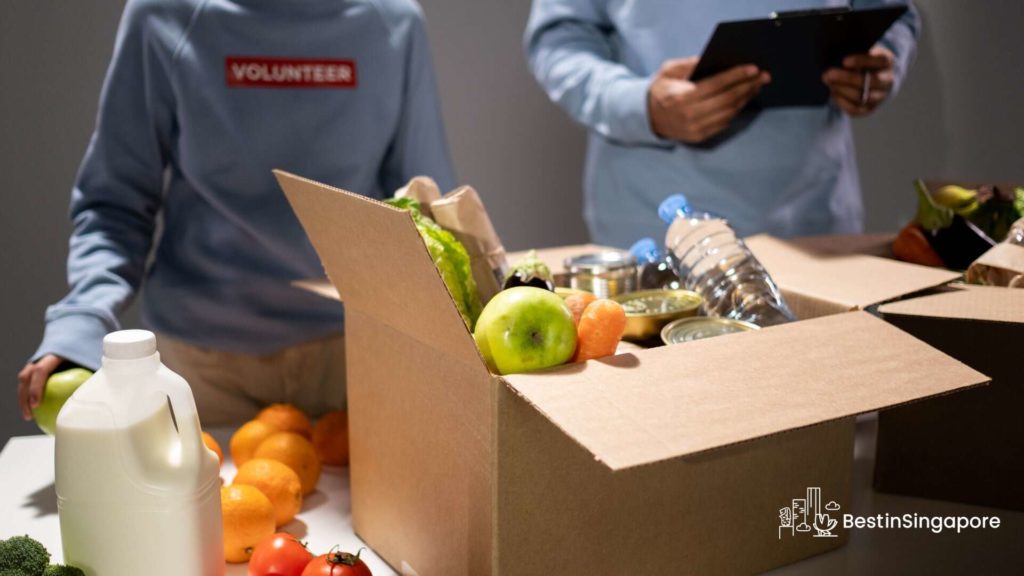
Aside from becoming better versions of themselves, Freemasons also aim to do two more things: to help one another and help other people at the same time.
Technically, there’s no strict obligation to help out a fellow Freemason. The focus really is on the development of oneself.
But Freemasons still choose to lend a hand to other Masons out of fraternal responsibility and in an effort to deepen their brotherhood.
Helping other people is another core principle for Freemasons. That’s why many Lodges plan various social and charitable events to aid a certain demographic.

In Singapore, Freemasons have constructed lighthouses and raised funds for the Chinese Pauper’s Hospital, which is now known as Tan Tock Seng Hospital. They even founded the Singapore Library, which is the first library on the island.
A more recent charitable endeavor is the Masonic Charitable Foundation launched in 2019. This foundation aims to financially support underprivileged students on the island.
Who are some of the most well-known Freemasons in Singapore?
Sir Stamford Raffles
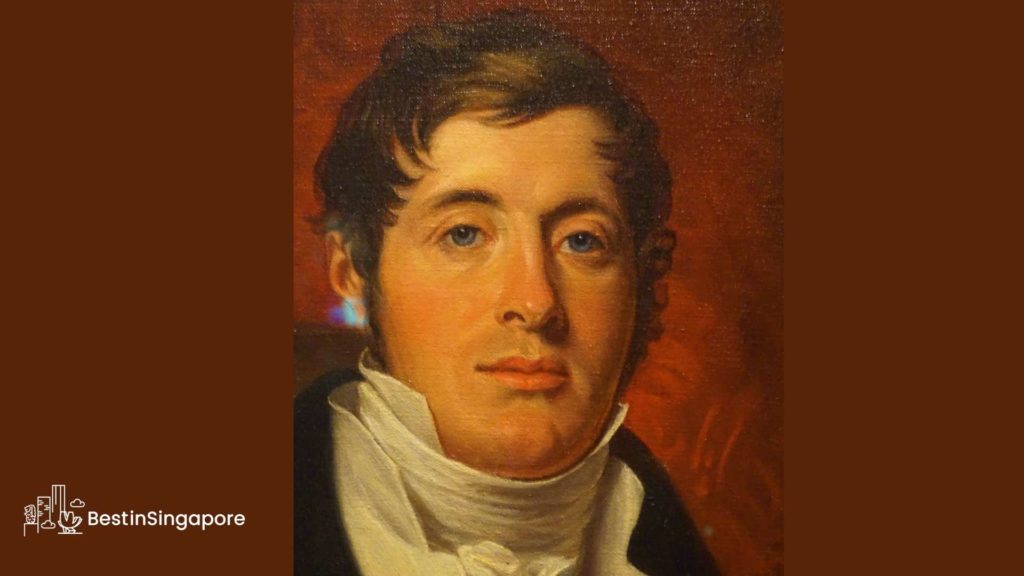
Every Singaporean citizen knows the contributions Sir Stamford Raffles made to the development of modern Singapore, but did you know that he was a Freemason himself?
In fact, he was known to participate in rites and ceremonies at lodges all over Southeast Asia. A few examples of Masonic Lodges he visited include Lodge Virtutis et Artis Amici in Java, Lodge de Vriendschap in Surabaya, and Chapter La Verteuse in Batavia.
Robert Carr Woods
Robert Carr Woods was the first editor of The Strait Times.
Though he’s mostly recognized for his work in this journal, he also had other contributions, such as the renovation of the Bukit Timah cemetery, and he also co-founded the first law firm on the island.
When the first Lodge in Singapore, Lodge Zetland, was established, Robert Carr Woods was one of the first 12 members who got initiated.
William H. Read

Another one of the first 12 initiated members in Singapore is William H. Read, who was an established businessman. He was also quite active in the political and social scene for most of his life in the country.
William H. Read served as the treasurer of the first public library in Singapore, and at one point, he also was an honorary police magistrate. After his death, Read Bridge and Read Street were named to honor his legacy.
Thomas Braddell
Thomas Braddel served as the Crown Counsel of the Straits Settlement in 1864 and was the first Attorney-General of the Straits Settlements (from 1867 to 1882).
He had always shown a deep and strong interest in the customs and traditions of the Malay Archipelago, so he learned to speak the language and translated some Malay works into English.
Because of his passion for the culture, he earned the respect of the Malay people. He was also known for being cheerful and energetic.
What are some Masonic Lodges in Singapore?
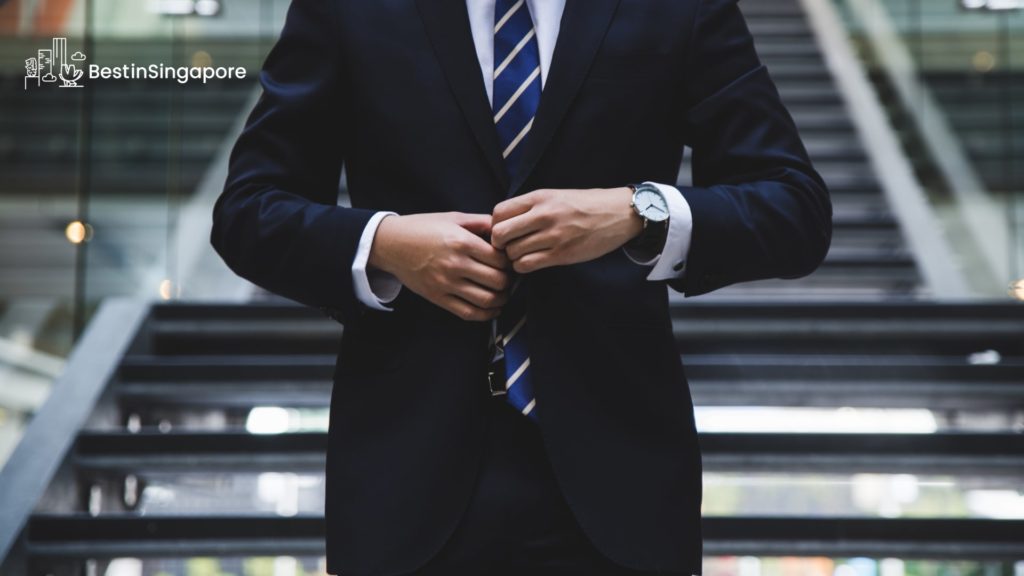
Compared to other countries, Singapore doesn’t have a lot of Masonic Lodges and groups.
During the early years of Freemasonry on the island, monthly meetings were held at the following locations:
- The Masonic Rooms on Armenian Street (1845–46)
- The house on High Street (1846–48)
- The room on North Bridge Road (1848–53)
- The Masonic Hall on North Bridge Road (1853–56)
- The House of Thomas Church on Esplanade (1856–71)
- 15 Beach Road in Kampong Glam (1871–73)
- 10 Beach Road (1873–75)
- 59 Hill Street (1875–1878)
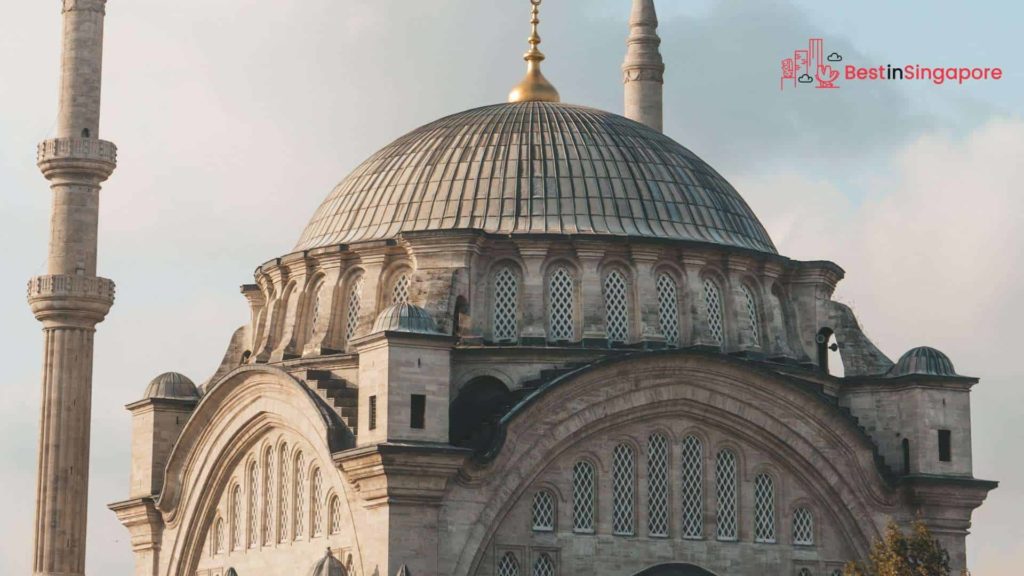
Nowadays, the fraternity has adapted to the modern times, so many of the Lodges now have websites, making them more accessible to interested parties. Here are a few Masonic Lodges in Singapore that have websites and contact information:
The remaining Lodges have little to no public information on how to contact them. These include
- The Zetland in the East, also known as Lodge No. 508 E.C. or Mother Lodge
- Lodge St. Michael No. 2933 E.C.
- Eastern Gate Lodge No. 2970
- Lodge Singapore No. 7178 E.C. (for men of all races)
- Horsburgh Lodge No. 7533 (for English Freemasons)
- Centenary Lodge No. 7629 E.C. (for English Freemasons)
- Lodge Alisa No. 1172 (for Scottish Freemasons)
- St. Patrick No. 765 (for Irish Freemasons)

